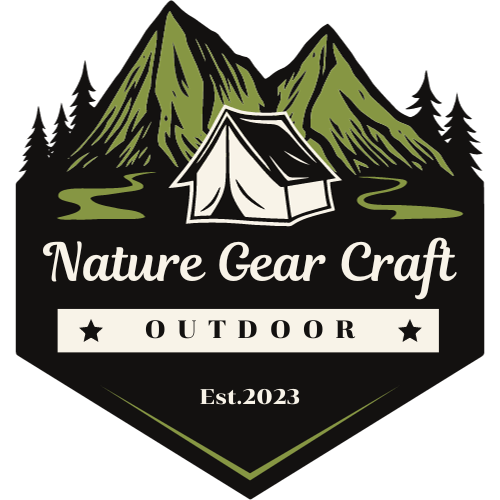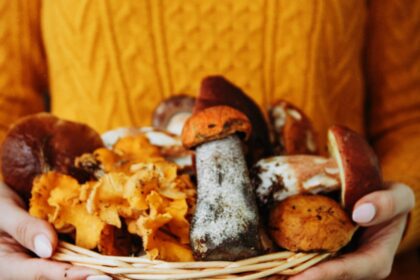© 2023 Nature Gear Craft. All rights reserved.


Are you looking for ways to diversify your survival food strategy? Have you considered incorporating wild edibles into your diet? Not only can wild edibles add variety and flavor to your meals, but they can also provide important nutrients and be a sustainable source of food in emergency situations. However, foraging for wild edibles requires knowledge and caution, so it’s important to educate yourself on safe practices and identify edible plants. In this blog post, we’ll explore the world of wild edibles and provide tips for incorporating them into your survival food strategy.
Why foraging for wild edibles is a valuable skill
Foraging for wild edibles can be a valuable skill for several reasons. First, it allows you to diversify your diet and add nutritional value to your meals. Wild edibles can be high in vitamins and minerals that are important for overall health, such as vitamin C and iron. Second, foraging can be a sustainable way to obtain food in emergency situations. Foraging doesn’t require any special equipment or technology, and the plants are often free and abundant in nature. Third, foraging can be a fun and rewarding activity that connects you to nature and teaches you valuable skills.
Safe foraging practices
Foraging for wild edibles requires knowledge and caution to ensure your safety. Always verify the identity of a plant before consuming it and avoid plants that you’re not familiar with or unsure about. Some plants can be poisonous or have poisonous parts, so it’s important to be able to identify them and avoid them. Additionally, avoid foraging near roadsides, industrial areas or other areas with potential pollution sources. It’s also important to only harvest a small amount of plants, leaving the majority for wildlife and other foragers.
Identifying edible plants
There are several types of wild edibles that you can forage for in your area. Some common wild edibles include berries, nuts, mushrooms, greens, and roots. However, not all wild plants are edible and some can be dangerous, so it’s important to identify edible plants and learn how to prepare them. Some tips for identifying edible plants include using field guides, attending foraging workshops, and connecting with experienced foragers in your area.
Preparing wild edibles
Preparing wild edibles can be as simple or complex as you want it to be. Some wild edibles can be eaten raw, while others need to be cooked or prepared in a particular way. Most wild edibles need to be cleaned thoroughly to remove dirt, bugs, and other contaminants. Some common ways to prepare wild edibles include boiling, frying, baking, or adding them to salads or soups. Additionally, some wild edibles can be dried or stored for later use.
Incorporating wild edibles into your survival food strategy
There are several ways to incorporate wild edibles into your survival food strategy. One way is to add them to your pantry stockpile for use in emergency situations. You can also wild forage to supplement your diet on a regular basis, or even grow some wild edibles in your garden or in pots. Incorporating wild edibles into your diet can also be a fun way to explore different flavors and recipes that you may not have tried otherwise.
Incorporating wild edibles into your survival food strategy can be a fun and rewarding activity that can provide important nutrients and be a sustainable source of food in emergency situations. However, it’s important to approach foraging with caution and to verify the identity of plants before consuming them. By educating yourself on safe foraging practices and identifying edible plants, you can add variety and flavor to your meals and learn valuable skills in the process. So, get out there and start exploring the world of wild edibles!